Content
- 1 The composition and value of the plant
- 2 Hemostatic properties of nettle
- 3 How to brew and drink nettle for uterine bleeding
- 4 The use of nettle for hemorrhoids with blood
- 5 Nettle for nosebleeds in children and adults
- 6 Applying dry nettle leaves for bleeding
- 7 Limitations, contraindications, side effects
- 8 Conclusion
- 9 Reviews on the use of nettle for bleeding
In folk medicine, a decoction of nettle is often used for bleeding of various etiologies. This is due to the chemical composition and healing properties of the plant. In order not to harm the body, it is necessary to know the methods, procedure and doses of the drug.
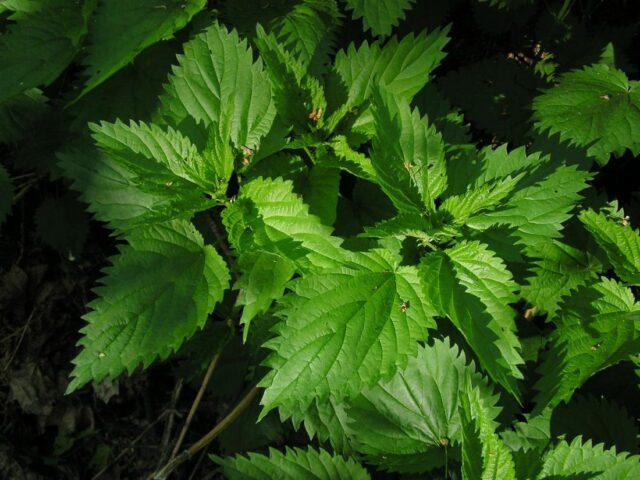
The people call stinging nettle strata or stinging
The composition and value of the plant
The chemical composition of nettle is very rich, it includes vitamins (A, B2, B4, B9, C, K), macro- (sodium, chlorine, phosphorus, calcium, potassium, magnesium) and microelements (copper, iron, manganese).
The content of ascorbic acid in the plant is higher than in lemon or black currant, and in the presence of carotene, it is ahead of carrots, sea buckthorn and sorrel.
Traditional and official medicine recognizes its beneficial properties and is widely used in medical practice. Among them:
- anti-inflammatory;
- immunostimulating;
- antioxidant;
- tonic;
- diuretics;
- fortifying;
- hemostatic actions.
Hemostatic properties of nettle
Due to its high content of vitamin K, which increases blood clotting and prevents inflammation, nettle leaves help with bleeding. Preparations based on them are used both for external injuries and for internal injuries. The plant promotes wound healing and stops kidney, uterine, pulmonary and intestinal bleeding. Chlorophyll promotes rapid healing, stimulating the body, improving metabolism, toning the center of respiration and the work of the heart and blood vessels.
Can stinging nettle cause bleeding?
The medicinal plant helps cell regeneration, stops blood, increasing its clotting, saturates the body with useful substances. However, the use of the decoction during pregnancy is dangerous. In the early stages, the remedy can provoke uterine contraction and premature birth, so you must refrain from taking it.
How to brew and drink nettle for uterine bleeding
The chemical composition of the plant allows you to stop uterine bleeding, reduce the risk of developing infectious diseases, stop inflammation of the uterus, reduce pain and spasms, and improve a woman's well-being. For this reason, nettle is widely used in gynecology for bleeding.
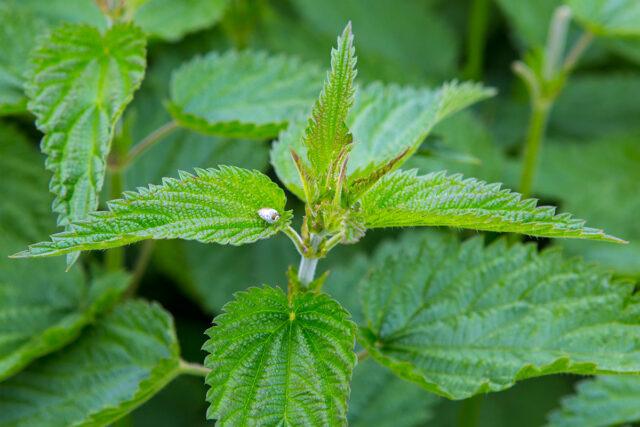
Young "spring" nettles are especially useful
Causes of uterine bleeding
The cause of uterine bleeding can be infectious processes, complications after abortion and childbirth, inflammatory diseases, surgical interventions, the use of antipsychotics, contraceptives, disruption of the endocrine system and stress.
The use of drugs based on nettle helps to stop bleeding, but it must be remembered that when used together with medications, the reaction may be undesirable, so it is advisable to consult a gynecologist.
Most often, doctors recommend nettle for bleeding after childbirth and surgery.
How to brew
When preparing a decoction, you need to remember that the degree and speed of its effect on the body depends on the correct preparation. The plant materials are harvested at the end of May and dried in the shade. Nettle leaves are crushed just before preparing the broth. The main secret is that the raw materials are not boiled. It is poured into a ceramic or glass dish, poured with water, brought to a boil and removed from heat. Give the broth to brew, and then filter.
Nettle decoction recipes for uterine bleeding
If you drink decoctions of nettle with uterine bleeding, this allows you to stimulate the contraction of the uterus after childbirth, significantly reduce blood loss. For this purpose, a means of increased concentration is prepared:
- Bring 300 ml of water to a boil.
- Add 3 tbsp. l. dry leaves.
- Insist 30 minutes.
- Filtered.
When bleeding begins due to unstable hormonal levels, a less saturated decoction is prepared from 1 spoonful of dry nettle and a glass of boiling water.

For internal bleeding, a concentrated decoction of leaves and seeds is recommended
Infusion of nettle for bleeding
To stop bleeding after surgery, accelerate tissue regeneration and relieve abdominal discomfort, you can use not only decoctions from dry raw materials, but also infusions of fresh nettle. This requires:
- Prepare 100 g of leaves.
- Chop them finely.
- Pour boiling water over (300 ml).
- To stir thoroughly.
- Close the lid and wrap with a cloth for two hours.
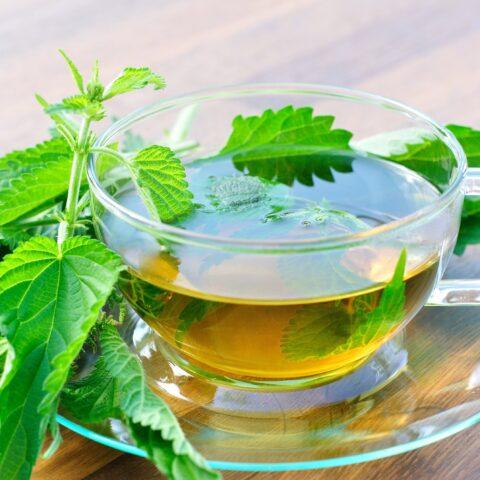
When preparing a medicine in a thermos, the infusion time can be reduced to one hour.
How to drink nettle for bleeding
With profuse bleeding from the uterus, drinking nettle in the form of a decoction is necessary in a course of two weeks. The finished filtered product is consumed several times a day, 100 ml per dose. It allows you to cleanse the uterus of blood and clots after childbirth.
When bleeding begins, the course is three days. The positive effect is observed after the first day of admission. The infusion is drunk 50 ml every four hours. The course is 5-7 days.
The use of nettle for hemorrhoids with blood
For hemorrhoids with bleeding, nettle is used in different forms:
- tinctures;
- tea;
- broth;
- microclysters;
- candles;
- ointments;
- trays.
As a result of their use, bleeding stops, the work of the gastrointestinal tract is restored, pathological changes in the walls of the veins slow down and wounds heal faster. Most often, the results of local treatment become noticeable after three days, but you should not stop therapy, the full course is at least a month.
Infusion
The water-based infusion of nettle is used both internally and externally.
In the first case, you will need 200 ml of boiling water and 1 tbsp. l. dry leaves. The liquid is infused for 30 minutes, filtered and cooled. Drinking nettle decoctions and infusions for hemorrhoids with bleeding should be 100 ml three times a day.
As an external remedy, they are used for sitz baths that relieve swelling and pain.
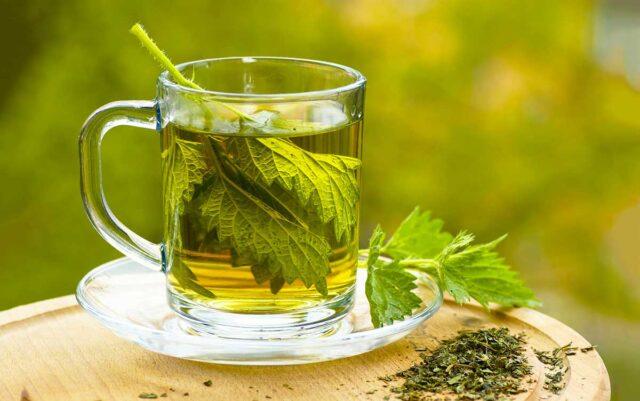
Due to its diuretic effect, nettle can lower blood pressure
Herbal tea
To stop bleeding, nettle is brewed in the form of tea. For this purpose, 2 tablespoons are poured into the kettle. l. dry leaves and pour a glass of boiling water. After insisting, it is taken in 100 ml before meals twice a day - in the morning and in the evening. To enhance the action and increase immunity, currant leaves, rose hips or rowan berries are added to tea.
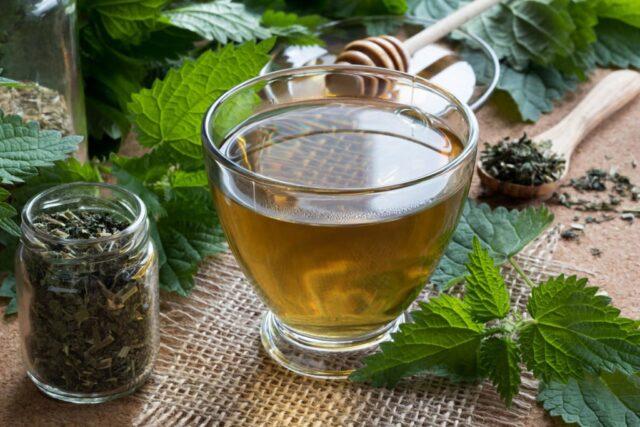
Nettle tea is considered a real antibiotic
Ointment
To reduce inflammation of hemorrhoids and stop bleeding, a nettle-based ointment is prepared at home:
- The leaves are collected and dried.
- Grind them into powder using a coffee grinder.
- Petroleum jelly is added.
- Mix thoroughly.
Inflamed nodes are washed with water and lubricated twice a day. The course of treatment is one month.

The container with the ointment is tightly closed and stored in the refrigerator.
Rectal suppositories
In the presence of internal hemorrhoids and bleeding, the suppository method can be used. To do this, collect fresh nettle, wash it, squeeze the juice. In the presence of special forms, they are filled with prepared raw materials and placed in a freezer. Alternatively, medical gloves are used, the fingers of which are filled with juice to 2/3 of the volume. They are tied up and placed in the freezer. The finished candle is released from the glove and inserted into the anus. The course is four weeks.
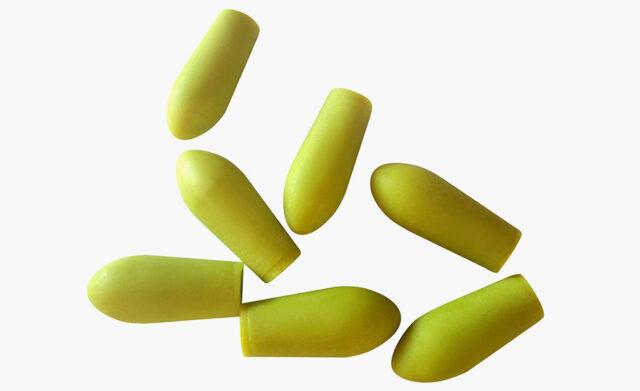
Suppositories stop bleeding, soothe inflamed tissues, tone blood vessels
Lotions
To stop bleeding, get rid of pain in the anal area and reduce the size of hemorrhoids, you can use lotions based on a decoction of nettle. This requires:
- Pour 30 g of dry herb with 400 ml of water.
- Bring to a boil and reduce heat.
- Darken for five minutes.
- Remove from the stove and leave for about half an hour.
- Filter the broth through several layers of fabric.
- Moisten a gauze cloth in it, squeeze out a little and apply to the inflamed area.

The time for using the lotion is ten minutes, after which the procedure is repeated by changing the napkin
Microclysters
Microclysters are used as an adjunct to the medical treatment of hemorrhoidal bleeding. To prepare the solution, take a glass of fresh nettle leaves, pour 200 ml of water, simmer over low heat for ten minutes, cool to a temperature of 25-30 ° C and filter.
The patient is placed on his left side and asked to press his legs to his stomach. The liquid is introduced in small portions of 50 ml.
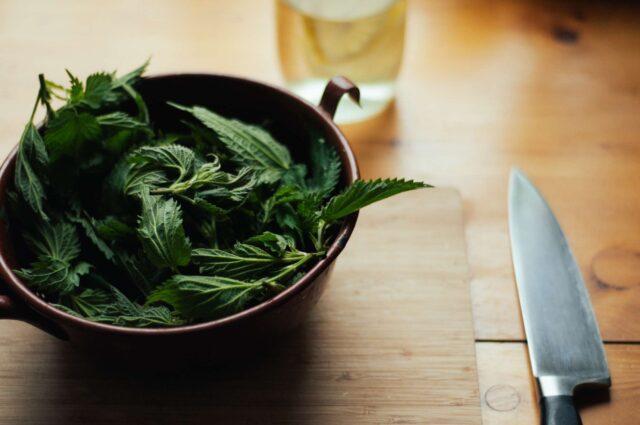
Microclysters time - about fifteen minutes
Baths
The use of trays with a decoction of nettle is considered one of the simplest and most effective ways to stop bleeding in hemorrhoids and reduce nodes. The method is used for both external and internal location. It is necessary to boil and cool 10 liters of water, pour it into a basin, add the broth. The course of the procedure is at least a month.
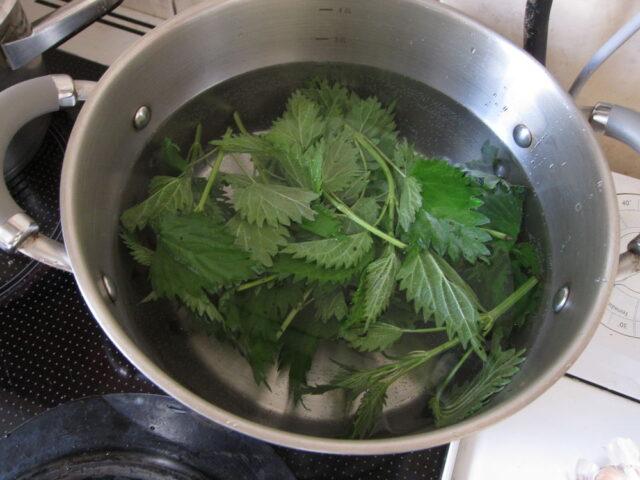
It is recommended to take a bath after bowel movement.
Nettle for nosebleeds in children and adults
Bleeds from the nose are common in children and adults over 60 years of age. They stop on their own or after medical manipulations - cauterization of the vessel, the use of tampons or medicines. Nettle decoctions, which should be drunk when bleeding, help to normalize the clotting process.
Causes of nosebleeds
A nosebleed can start for a variety of reasons:
- Injury as a result of mechanical stress.
- Curvature of the nasal septum.
- Tumors.
- Reaction to prolonged exposure to the sun.
- A sharp rise in blood pressure.
- Drug use (non-steroidal anti-inflammatory drugs, nasal sprays, or blood-thinning tablets).
- Inflammation in the nasal cavity.
- Change in hormonal levels.
- Expansion of blood vessels due to alcohol intake.
- Aplastic anemia, blood diseases, poisoning.
How to brew drinking nettle for bleeding
The process of preparing medicines from nettle used for nosebleeds should be thought about in advance. In May, raw materials are harvested, which are washed well, sorted and laid out in 1 liter jars. The foliage is poured with boiling water, a pinch of salt is added and stored in a cool place - a cellar or refrigerator. For treatment, both liquid and leaves are used. They are eaten in salads and first courses, which enhances the effect of decoctions and infusions.
Decoctions
To prepare the broth, you will need 1 tbsp. l dry nettle, which is poured with a glass of boiling water. The solution is put on fire, brought to a boil and simmer for ten minutes. After the broth has cooled, it is filtered. Recommended for anemia, nosebleeds and low clotting.
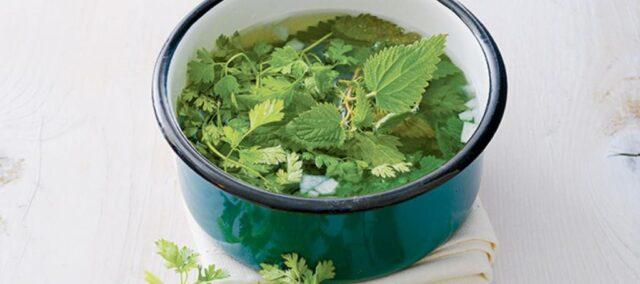
Lemon juice can be added to the broth for taste.
Infusions
To obtain an infusion, grind the leaves and stalks of the nettle, mix 3 tablespoons of the mixture and 400 ml of boiling water, add 1 tsp. fireweed flowers and insist in a warm place for 3 hours. After straining the infusion, put 1 tsp in it. honey and mix well.
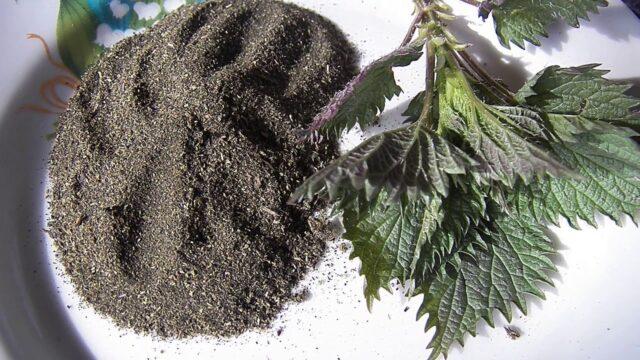
The infusion is taken orally, rinsed the nasal cavity or make lotions
How to drink nettle for bleeding
With low blood clotting and nosebleeds, taking nettle in decoctions should be 1 tbsp. l. four to five times a day. The infusion is consumed 20 minutes before meals three times a day, 100 ml each. The course of treatment is from six to eight weeks.
Applying dry nettle leaves for bleeding
Traditional healers often use a simple yet effective recipe for bleeding from minor cuts and abrasions. Having crumpled a clean sheet of nettle, it is placed in the wound. After a few minutes, the blood coagulates.
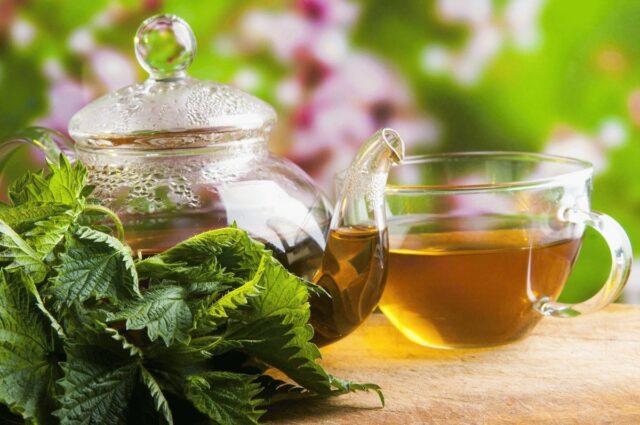
Both dry and fresh leaves are suitable for brewing tea.
Limitations, contraindications, side effects
Medicines from a burning plant have their own contraindications and restrictions for use. You cannot use them during pregnancy, hypertension, thrombophlebitis, varicose veins and atherosclerosis.
It is not recommended to use decoctions, infusions and other forms based on nettle during breastfeeding, so as not to cause an allergic reaction in the child.
Conclusion
A decoction of nettle for bleeding is a well-known remedy for a long time. It not only helps to accelerate blood clotting, but also provides the body with additional vitamins, micro- and macroelements. You should remember to follow the recipes, dosage and do not forget about the need to consult with your doctor.
Reviews on the use of nettle for bleeding








